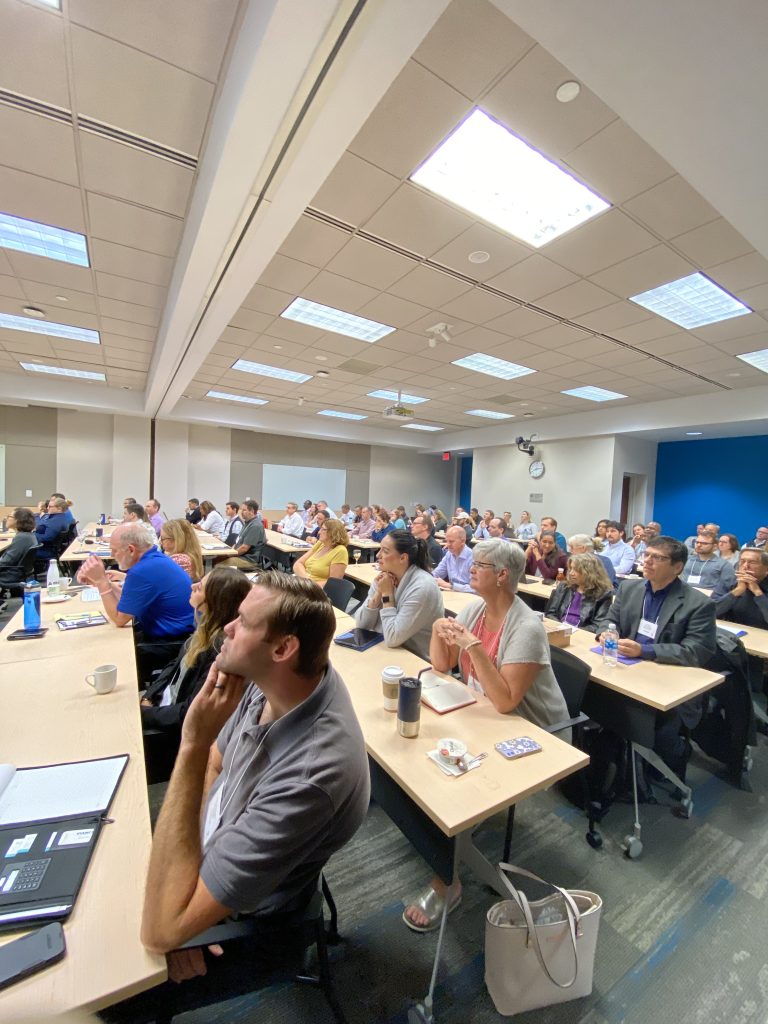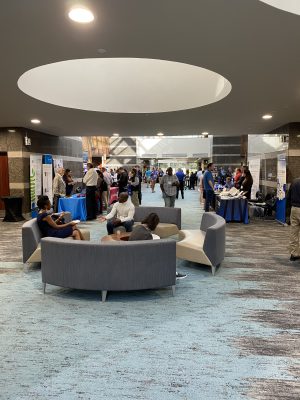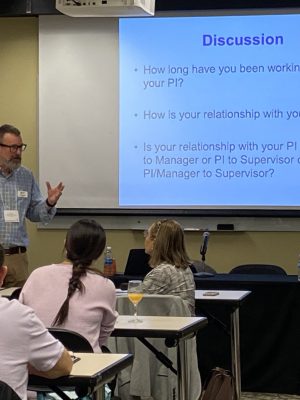Leading by Example: A Guide for Laboratory Managers
 In the realm of laboratory management, the effectiveness of a leader often sets the tone for the entire team. From fostering a culture of collaboration to instilling a drive for excellence, the actions and behaviors of laboratory managers play a pivotal role in shaping the work environment and the success of their staff. One fundamental question stands out: Do you lead by example?
In the realm of laboratory management, the effectiveness of a leader often sets the tone for the entire team. From fostering a culture of collaboration to instilling a drive for excellence, the actions and behaviors of laboratory managers play a pivotal role in shaping the work environment and the success of their staff. One fundamental question stands out: Do you lead by example?
Leading by example isn't merely a cliché; it's a philosophy that can profoundly influence the performance and traits of those under your guidance. Consider this: many employees, especially those eyeing the next level of leadership, look to their managers as role models. They observe and often emulate the behaviors they see, viewing them as a pathway to advancement within the organization.
So, what does leading by example entail in the laboratory setting? Let's delve into some key practices:
Communicate often, openly, and honestly
Transparent communication is the bedrock of a healthy work environment. As a laboratory manager, strive to foster an atmosphere where ideas, concerns, and feedback flow freely. By leading with transparent communication, you set a precedent for honesty and openness among your team members.
Show vulnerability and admit mistakes
Nobody is infallible, including managers. Demonstrating vulnerability by admitting mistakes not only humanizes you but also fosters a culture of accountability within the team. When you own up to errors, you encourage others to do the same, paving the way for continuous improvement.
Share success with others who have earned it
Acknowledging the contributions of your team members is vital for morale and motivation. Celebrate successes openly and ensure that credit is given where it's due. By sharing the spotlight with deserving individuals, you reinforce the value of teamwork and collaboration.
Show a willingness to go the extra mile
Leading by example means leading from the front. Demonstrate your dedication and work ethic by consistently going above and beyond expectations. Your willingness to put in extra effort sets a high standard for performance and inspires others to follow suit.
Help others grow and learn
Investing in the professional development of your team members is an investment in the future of your laboratory. Actively support their growth by providing opportunities for learning, offering constructive feedback, and empowering them to take on new challenges.
Earn and show trust in others
Trust is the cornerstone of any successful team. Cultivate trust by delegating responsibilities, respecting autonomy, and demonstrating confidence in your team members' abilities. When you trust your staff, you empower them to excel and contribute meaningfully to the organization.
Equally important is avoiding behaviors and traits that undermine the principles of effective leadership. Actions such as showing favoritism, backstabbing, withholding information, failing to honor commitments, and making excuses can erode trust and breed toxicity within the team.
Remember, people often emulate their bosses. As a laboratory manager, you have the power to shape the kind of leaders your staff will become. Lead by example, embody the qualities you wish to see in others, and strive to create a workplace culture built on integrity, respect, and excellence.
In conclusion, ask yourself: Do you lead by example? The answer to this question not only defines your effectiveness as a manager but also shapes the future trajectory of your laboratory and its team members. Be the kind of leader you want them to be.



 In the realm of leadership, cultivating a fully engaged team is a universal goal for managers. Engaged employees bring an infectious blend of enthusiasm and dedication to their work, demonstrating a genuine care for their tasks and their impact on the broader organizational landscape. Contrary to popular belief, elevating team engagement doesn't have to be a daunting task. In fact, a set of simple, almost magical phrases can act as powerful catalysts, significantly enhancing employee engagement.
In the realm of leadership, cultivating a fully engaged team is a universal goal for managers. Engaged employees bring an infectious blend of enthusiasm and dedication to their work, demonstrating a genuine care for their tasks and their impact on the broader organizational landscape. Contrary to popular belief, elevating team engagement doesn't have to be a daunting task. In fact, a set of simple, almost magical phrases can act as powerful catalysts, significantly enhancing employee engagement. As we conclude the first month of a new year, have you been recharged, revitalized, and preparing for action to make changes in your laboratory? Often, despite our initial inspiration, the multitude of challenges that come our way in the new year can make it difficult to sustain momentum for the changes we envision. One valuable lesson I've learned over the years is the importance of establishing connections with other managers, as we frequently encounter similar problems that we strive to address.
As we conclude the first month of a new year, have you been recharged, revitalized, and preparing for action to make changes in your laboratory? Often, despite our initial inspiration, the multitude of challenges that come our way in the new year can make it difficult to sustain momentum for the changes we envision. One valuable lesson I've learned over the years is the importance of establishing connections with other managers, as we frequently encounter similar problems that we strive to address.



